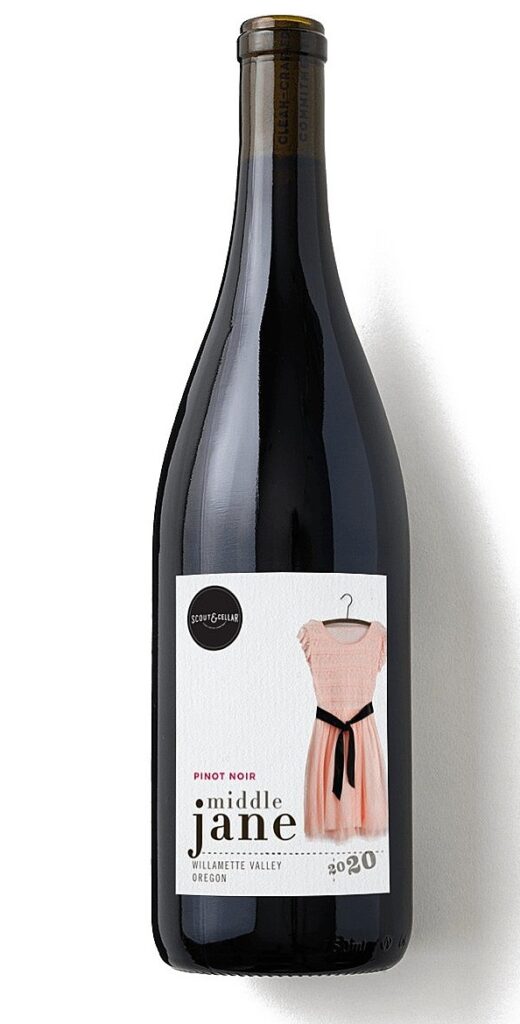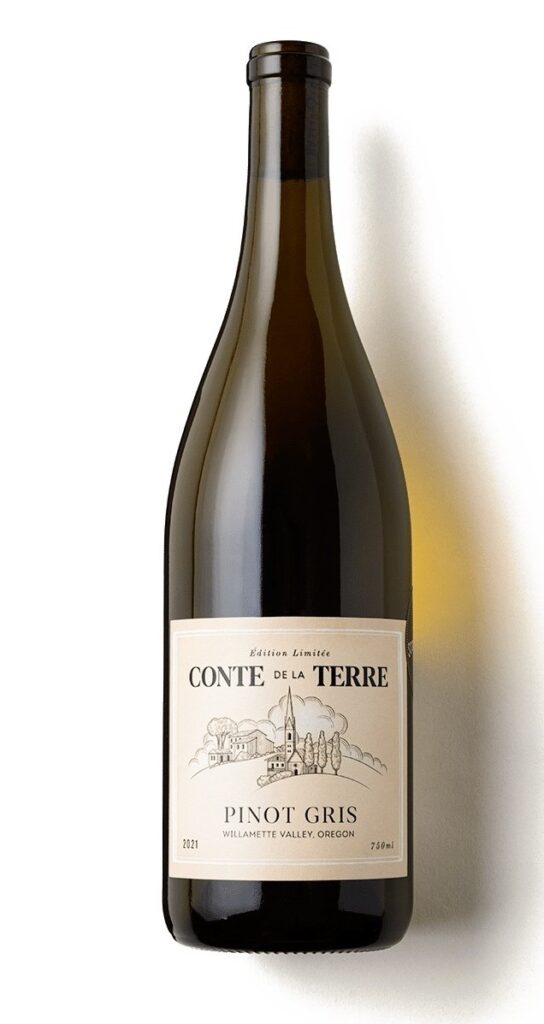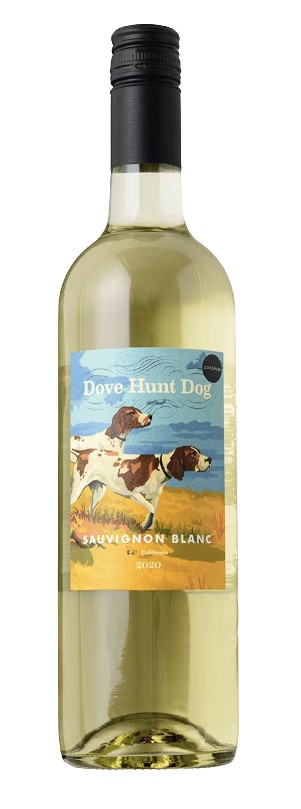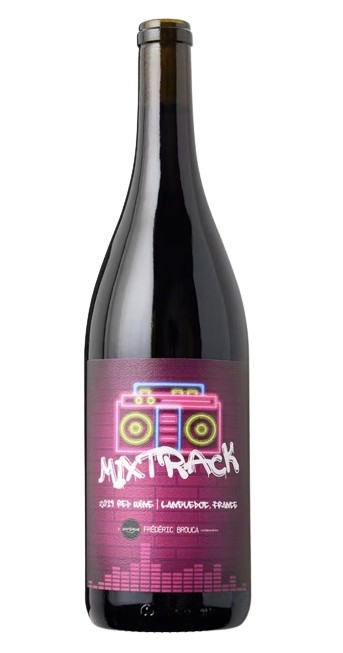
We’re suspicious of food or drink that purports to have certain health benefits. The recent boom in ‶clean wine″ is a case in point. From the marketing, we expect every low-fat vegan bottle to arrive rolled up in a yoga mat. That’s not wine.
But in the world of clean wine, there’s a refreshing alternative that seems well-grounded in both taste and science. Scout & Cellar (scoutandcellar.com) is a 5-year-old company that makes and markets wine that comes with what they call a Clean Crafted Commitment®. It’s their registered trademark. They apply it to wine that’s grown with no synthetic pesticides, vinified without synthetic additives or added sweetener, then lab tested after bottling to confirm that nothing untoward snuck in. Many of the wines carry a ‶Soil-to-Sip Report,″ accessible from the website, that is a wine geek’s dream. It details everything that went into making the wine (usually just grapes and yeast), the fermenting, aging, and bottling technique, and even the nutritional content. Sulfite levels are spelled out in cold, hard figures.
By focusing on process instead of nebulous health claims, Scout & Cellar clean-crafts wines that taste good and leave their vineyards healthier, thanks to the lack of pesticides or horticultural oils. The company then tells compelling stories about the wines and puts intriguing, feel-good labels on the bottles.
The real question is simply — how good are they?
Tasting our way through four bottles from the vast portfolio
We sat down with Sarah Shadonix, the founder and CEO of Scout & Cellar. (She’s at the top of the page.) Shadonix founded the direct-to-consumer company in 2017. Over the last half decade, Scout & Cellar has expanded to encompass more than 20 brands. A lot of them are made in the company’s winery in California; some are made by partner wineries in France, Spain, Chile, and Austria. We may have missed a few. It’s a dynamic portfolio, and each brand has a profile. Like fruity, bold and heavily oaked wine? Bernhard might be your label. Fruity, crisp and unoaked? Look to Dove Hunt Dog.
Don’t know? Then sign up for the Scout Circle wine club for a subscription of four, six, or 12 bottles every shipment. Intervals are monthly, bimonthly or quarterly. The other option is to select what you do like and order it through the ‶Auto-Sip″ program, which includes about 19 of the 90 wines. Shadonix says that Scout & Cellar is moving to place more of their wines in restaurants around the country, which could be a good way to discover what you like. Prices of wines we looked at ranged $20-$50 per bottle. Here are our thoughts on four choices.
Middle Jane Pinot Noir – $48

We’re suckers for a good story. To condense a little, ‶Jane″ is a recurrent name in Shadonix’s family. Here’s how she tells the tale on the website: ‶Four generations ago, there was the first Jane in our family. She swore only when needed, she worked hard, she did things right and she wore lipstick. The unofficial matriarch of our family, Jane was the matriarch we all aspired to become. Ever since, we’ve given each girl in our family the same middle name — Jane. It’s a constant reminder to do things right. To be more like Jane.″
The priciest of the Middle Jane offerings, this Pinot Noir from Oregon’s Willamette Valley fills the bill for a great sipping red. It was made in 2020, a fire year, yet doesn’t have a touch of smoke. In fact, it tastes like berries that were picked yesterday with just the slightest prickle of white pepper and a pleasing acidity. It drinks much like a negociant Burgundy but without the gruff undertones. Scout & Cellar recommends it with grilled salmon, mushrooms, and poultry. We recommend it in a big Burgundy glass with pretzels and a beautiful sunset. It’s an elegant but friendly wine that lives up to the little pink smock on the label.
Conte de la Terre Pinot Gris – $28

Another Willamette Valley wine, this Pinot Gris definitely tells the ‶tale of the earth,″ as its name suggests. It’s nice to taste an American wine made from this grape that doesn’t attempt to be an Italian Pinot Grigio (the same grape) or even an Alsatian Pinot Gris. It’s a cool climate American wine with spectacular extraction of flavors and even a hint of colors from the skins. Perhaps contributing to the terroir, the pressed juices are fermented for 28 days using the natural yeasts. The minerality of the soils come out in the tart, zesty crispness of the wine — a perfect pairing for a nutty cheese like Gouda or a counterpoint to peach shortcake. It’s not at all sweet. In fact, it’s bone dry, but the acidity and boldness stand up to stone fruits or to an oily fish. The alcohol content of 13.9% can sneak up on you.
Dove Hunt Dog Sauvignon Blanc, California – $22

Sauvignon Blanc is our daily driver, and this version from Scout & Cellar’s everyday brand is right up our alley. It’s a California sauv blanc that takes its origins seriously. (McFadden Farms is one of the sources for the grapes.) So don’t crack the screw-top expecting lychee fruit and kiwi. That’s not to say the riotous fruit-forward flavors don’t know how to party. It’s just much more Big Sur than Christchurch. Your mouth will pucker and your tongue tingle at the first sip. There’s a lot of lemon and a little pineapple in the flavor mix. The vines are up to 40 years old, which shows in the depth of flavor. We can see several bottles in a galvanized washtub with ice for a backyard party. Personally, we think it’s one the best sauv blancs we’ve tasted to drink with a creamy rich potato salad with lots of bacon bits and a mustardy dressing. This is a wine that can play rough, then turn and purr for after-dinner sipping.
2019 Mixtrack Red Wine, Domaine Frédéric Brouca Collaboration-$32

Made in Languedoc (France) in collaboration with Domaine Frédéric Brouca, this is one rowdy red. Shadonix says that the primary target audience for Scout & Cellar is women 30-55. This wine is for women who fall for bad boys. If it were a novel, it would be a bodice-ripper. The blend reflects the region’s borders with northeastern Spain— 45% Grenache, 33% Syrah, 14% Mourvèdre, and 9% Carignan. Most of those grapes originate in what is now Spain, though they’re widely grown in France. Morever, Grenache-Syrah-Mourvèdre (or GSM) is one of the dominant blends in Australian reds.
This red more closely reflects its French-Spanish heritage, if you allow that some rogue fellow from the Rhone somehow got into the mix. That Rhone grape, Syrah, has a pronounced rosemary and black pepper flavor that dominates the other, softer grapes in the blend. It’s another Scout & Cellar wine made with wild yeasts, then aged lightly in oak. Juicy and frisky, it should go well with wood-grilled meats, green olives, or a tangy, smoky ratatouille made with vegetables grilled over wood charcoal.
